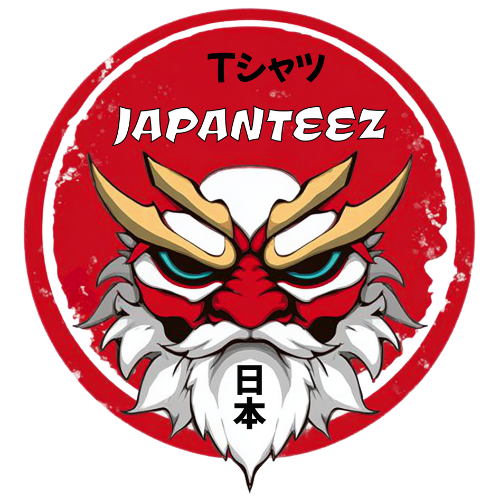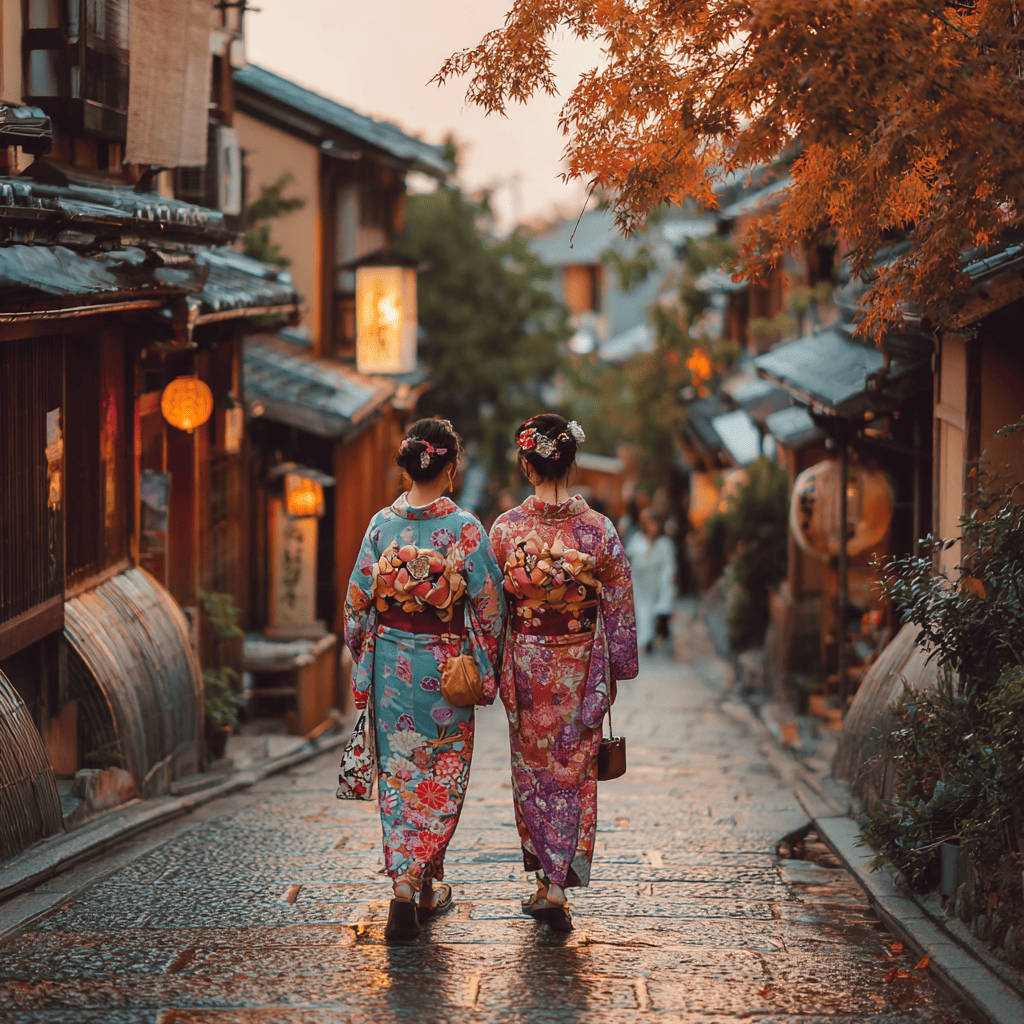What Is the Difference Between a Kimono and a Yukata?
Imagine this: you’re walking through a summer festival in Japan, surrounded by lanterns, music, and the smell of street food. People are wearing colorful traditional clothes, some with elegant silk patterns, others with simpler cotton fabrics. At first glance, they might look the same, but they’re not. That’s where the question comes in: what is the difference between a kimono and a yukata?
This question has puzzled many travelers and even fashion lovers. The truth is, both garments are deeply tied to Japanese culture, but each has its own story, use, and meaning. By the end of this article, you’ll be able to tell them apart instantly—and even surprise your friends with details they probably don’t know.
Why People Often Confuse Kimono and Yukata
The confusion is natural. Both look like robes, both wrap around the body, and both are worn with a sash (called obi). But the details matter: the fabric, the season, the occasion, and even the accessories change everything.
To really understand the difference, let’s break them down one by one.
What Is a Kimono?
The kimono is Japan’s most iconic traditional garment. It’s not just clothing; it’s a symbol of history, elegance, and identity.
Key Features of the Kimono
- Material: Usually made of silk, wool, or synthetic fabrics. Silk is the most traditional and luxurious option.
- Lining: Kimonos are often lined, which makes them suitable for cooler seasons.
- Occasions: Formal events such as weddings, tea ceremonies, graduations, and festivals.
- Accessories: Always paired with an elaborate obi, undergarments, special socks (tabi), and wooden sandals (zori).
- Designs: Often hand-painted or embroidered with detailed motifs, such as flowers, cranes, or seasonal patterns.
Kimonos can be passed down through generations, making them more than just clothes—they’re family heirlooms.
What Is a Yukata?
The yukata is like the kimono’s lighter cousin. If the kimono is formal and elegant, the yukata is casual and relaxed.
Key Features of the Yukata
- Material: Made of cotton or polyester—lightweight and breathable.
- Lining: Always unlined, which makes it perfect for summer.
- Occasions: Summer festivals, fireworks shows, casual gatherings, or even as a comfortable robe at traditional inns (ryokan).
- Accessories: Paired with a simpler obi, usually without socks (tabi), and with casual sandals (geta).
- Designs: Bright, bold, and often seasonal patterns like fireworks, flowers, or waves.
The yukata is easy to wear, less restrictive, and much more affordable than a kimono.
👉 If you love yukata designs but want something you can wear every day, don’t miss our Japanese graphic tees inspired in retro-Japan style, available in the T-shirts collection.
Main Differences Between Kimono and Yukata
Now that you know the basics, let’s compare them side by side.
| Feature | Kimono | Yukata |
|---|---|---|
| Material | Silk, wool, synthetic | Cotton, polyester |
| Lining | Lined (warmer) | Unlined (lightweight) |
| Occasions | Formal events, ceremonies | Summer festivals, casual wear |
| Accessories | Elaborate obi, tabi socks, zori | Simple obi, geta sandals |
| Season | All year (depending on type) | Summer only |
| Formality | High | Casual |
Cultural Significance of Kimono and Yukata
The difference isn’t only practical—it’s cultural.
- Kimono: Represents tradition, formality, and heritage. Wearing a kimono connects you to centuries of Japanese history.
- Yukata: Symbolizes summer fun, relaxation, and everyday life. It’s about comfort and celebrating the moment.
When Japanese people wear them, they are not just putting on clothes—they’re stepping into a cultural story.
When Should You Wear Each One?
When to Wear a Kimono
- Weddings (bride, family, or guests)
- Coming-of-age ceremonies (Seijin no Hi)
- Tea ceremonies
- Funerals (in plain black styles)
When to Wear a Yukata
- Summer festivals (matsuri)
- Firework shows (hanabi taikai)
- Visiting a hot spring or traditional inn
- Casual cultural experiences for tourists
So if you’re visiting Japan in summer, a yukata is perfect. But if you’re attending a formal event, the kimono is the right choice.
How Tourists Can Appreciate Both
If you’re planning to visit Japan, you’ll likely have the chance to try on one of these garments. Many rental shops in Kyoto, Tokyo, and Osaka offer both kimonos and yukatas for tourists.
But here’s a tip:
- In summer, choose a yukata (you’ll thank yourself when it’s hot and humid).
- In spring or autumn, go for a kimono rental to experience the elegance of traditional wear.
And if you want a piece of that experience to take home, you don’t need to pack a full kimono. Instead, you can explore our retro-Japan hoodies—warm, stylish, and easy to wear anywhere. Perfect for remembering your trip. You can find them in our Hoodies collection
The Evolution of Kimono and Yukata in Modern Fashion
Both garments have inspired modern streetwear and casual fashion. Japanese designers often mix traditional motifs with contemporary cuts, making them more accessible for everyday use.
In fact, around the world, many people now wear kimono jackets or yukata-inspired prints without even knowing their origin. That’s why learning the difference matters—it helps you appreciate not just the style, but the culture behind it.
👉 Our T-shirts and hoodies are built around a similar idea: bringing Japanese tradition into everyday outfits. Go check out our store before your next trip to Japan!
Final Thoughts: What Is the Difference Between a Kimono and a Yukata?
To answer the big question once and for all:
- Kimono = Formal, lined, silk, all-year garment for ceremonies.
- Yukata = Casual, unlined, cotton, summer garment for festivals.
They may look similar, but their meaning, fabric, and use are completely different.
So next time you see someone wearing traditional Japanese clothing, you’ll know exactly what they’re wearing—and maybe even share the story behind it.

